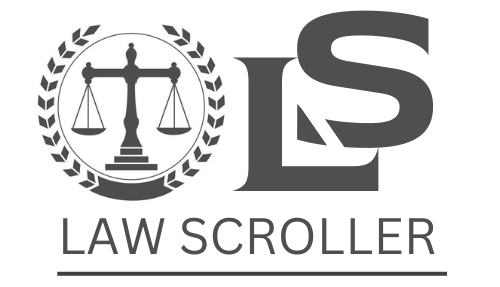The integration of driver-facing cameras in commercial trucks has sparked significant debate within the transportation industry, leading to legal challenges that balance safety benefits against privacy concerns. These cameras, designed to monitor driver behavior, aim to enhance road safety by reducing accidents caused by distractions or fatigue. However, their implementation has raised questions about surveillance and individual privacy, culminating in notable legal disputes.
The Stern Produce Company Case
A landmark case highlighting these tensions is the National Labor Relations Board (NLRB) decision involving Stern Produce Company. In 2015, during a union organizing campaign among drivers and warehouse employees, allegations surfaced that Stern had unlawfully surveilled union activities. An employee, Ruiz, who supported the union, testified about these unfair labor practices. In 2020, after being laid off during the COVID-19 pandemic, Ruiz and others were reinstated following a settlement addressing additional unfair labor practice charges.
The controversy intensified when Ruiz covered the inward-facing camera in his truck during a lunch break, seeking privacy. His supervisor promptly instructed him to uncover the camera, citing company policy. Ruiz contended that he had never been informed of such a rule and believed his lunch break was personal time. The NLRB found that the supervisor’s actions, especially given Ruiz’s known union support, created an unlawful impression of surveillance, violating the National Labor Relations Act. This case underscores the potential for driver-facing cameras to infringe upon workers’ rights when not managed transparently and respectfully.
Legal Perspectives on Driver-Facing Cameras

The legal landscape surrounding driver-facing cameras varies across jurisdictions. In the United States, their admissibility in court depends on factors like relevance and authenticity. Courts generally require that footage be pertinent to the case and free from tampering. However, privacy laws differ by state, necessitating that companies inform drivers about the presence of such cameras and, in some cases, obtain explicit consent. Failure to do so can result in legal repercussions, as unauthorized surveillance may violate privacy rights.
Industry Reactions and Policies
The trucking industry’s response to driver-facing cameras is mixed. Some companies have embraced the technology, citing safety and liability benefits. For instance, footage from these cameras has been instrumental in exonerating drivers during accidents, providing clear evidence of their attentiveness and adherence to safety protocols. The American Transportation Research Institute (ATRI) reported that such footage exonerates truck drivers in more than half of insurance claims and almost half of litigation cases. This has led to settlements in 86% of cases, avoiding lengthy trials.
Conversely, other companies have removed driver-facing cameras due to privacy concerns and potential misuse. Drivers have reported discomfort with constant monitoring, feeling it invades their privacy and creates a distrustful work environment. In some instances, companies faced legal challenges or driver dissatisfaction, leading them to discontinue the use of such cameras. For example, discussions among trucking professionals reveal that certain companies have opted out of using inward-facing cameras to maintain driver trust and satisfaction.
Balancing Safety and Privacy
The debate over driver-facing cameras centers on finding an equilibrium between enhancing safety and respecting privacy. Proponents argue that these cameras deter unsafe behaviors, provide valuable training insights, and protect companies from fraudulent claims. However, critics highlight the potential for misuse, the erosion of trust between drivers and employers, and the psychological impact of constant surveillance.
To address these concerns, experts recommend several best practices:
- Transparency: Clearly communicate the purpose and scope of the cameras to drivers, ensuring they understand how the footage will be used.
- Consent: Obtain explicit consent from drivers before implementing surveillance, adhering to legal requirements and fostering trust.
- Limited Access: Restrict access to the footage to authorized personnel and use it solely for safety and training purposes.
- Privacy Measures: Ensure cameras do not record during personal times, such as breaks or when the vehicle is stationary for rest, to respect drivers’ privacy.
- Policy Development: Develop clear policies outlining how footage will be stored, accessed, and used, and communicate these policies to all employees.
By implementing these measures, companies can harness the safety benefits of driver-facing cameras while mitigating potential legal risks and respecting the privacy of their drivers.
Conclusion
The integration of driver-facing cameras in commercial trucking presents a complex interplay between safety enhancement and privacy rights. Legal cases, such as the Stern Produce Company dispute, highlight the potential pitfalls of inadequate communication and consent. As technology continues to evolve, it is imperative for companies to navigate these challenges thoughtfully, ensuring that safety initiatives do not come at the expense of individual privacy and trust..

 Oliver Johnson is LawScroller’s Senior Legal Correspondent specializing in civil litigation, class actions, and consumer lawsuit coverage. He breaks down complex settlements and court decisions into clear, practical guidance for readers.
Oliver Johnson is LawScroller’s Senior Legal Correspondent specializing in civil litigation, class actions, and consumer lawsuit coverage. He breaks down complex settlements and court decisions into clear, practical guidance for readers.